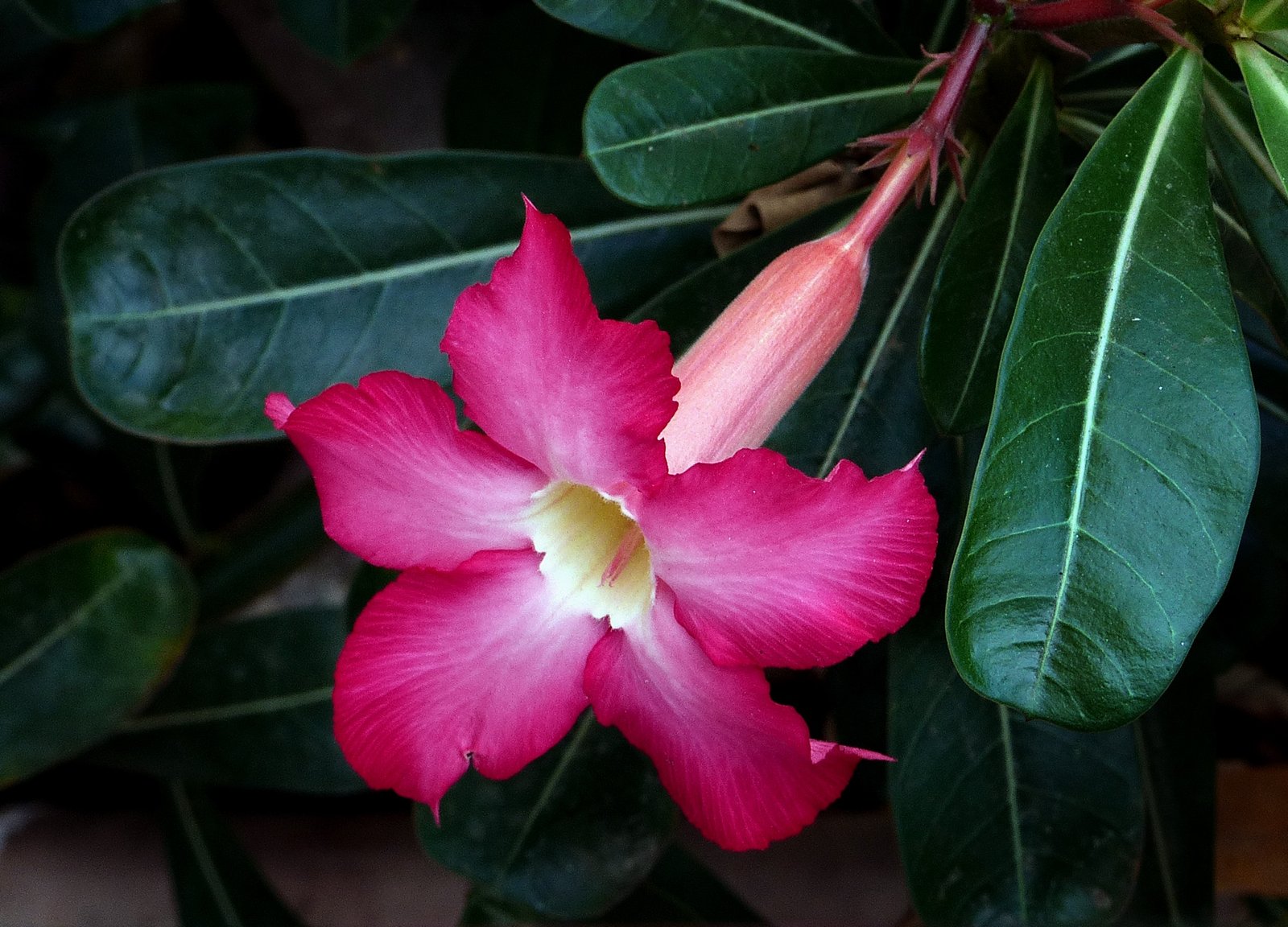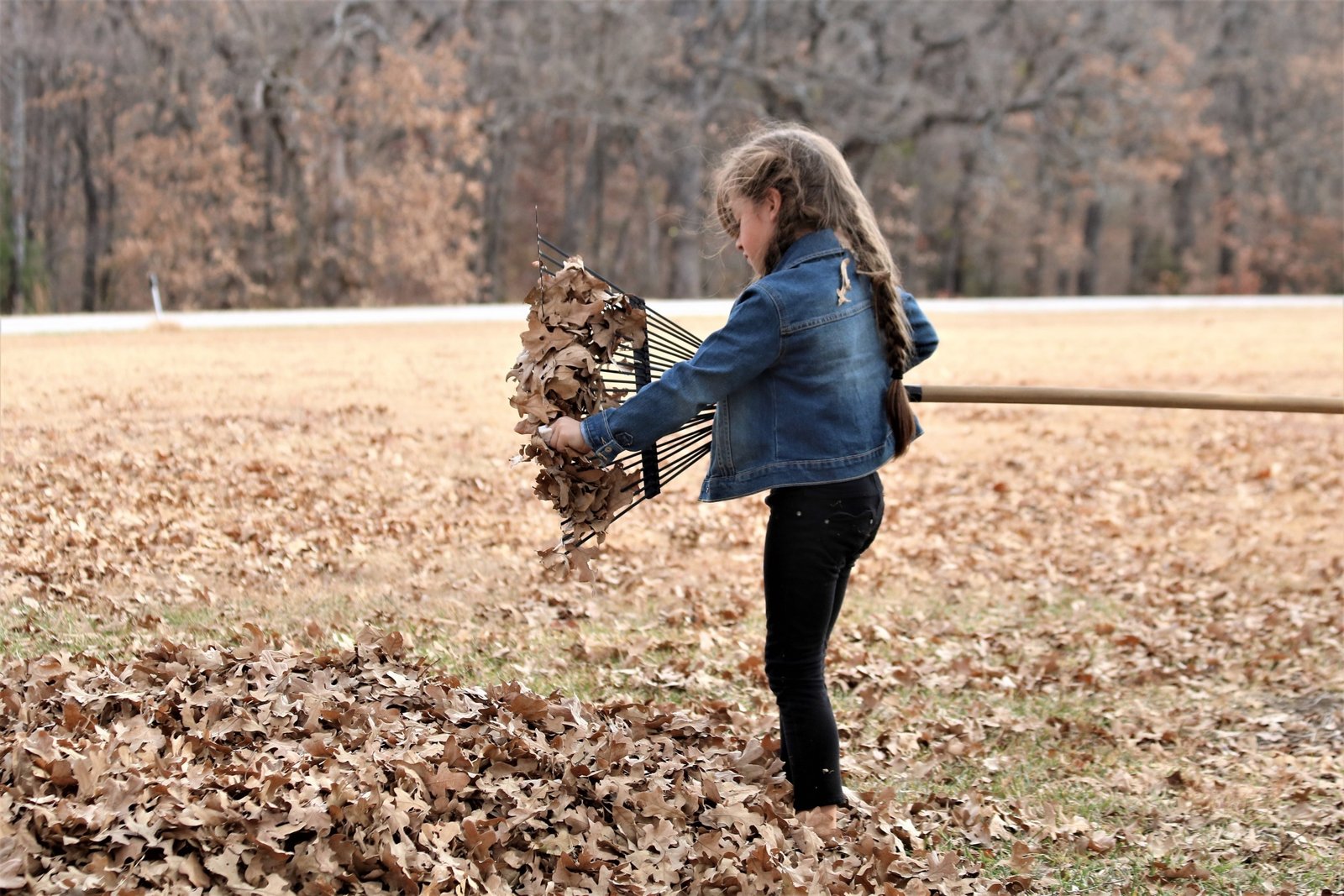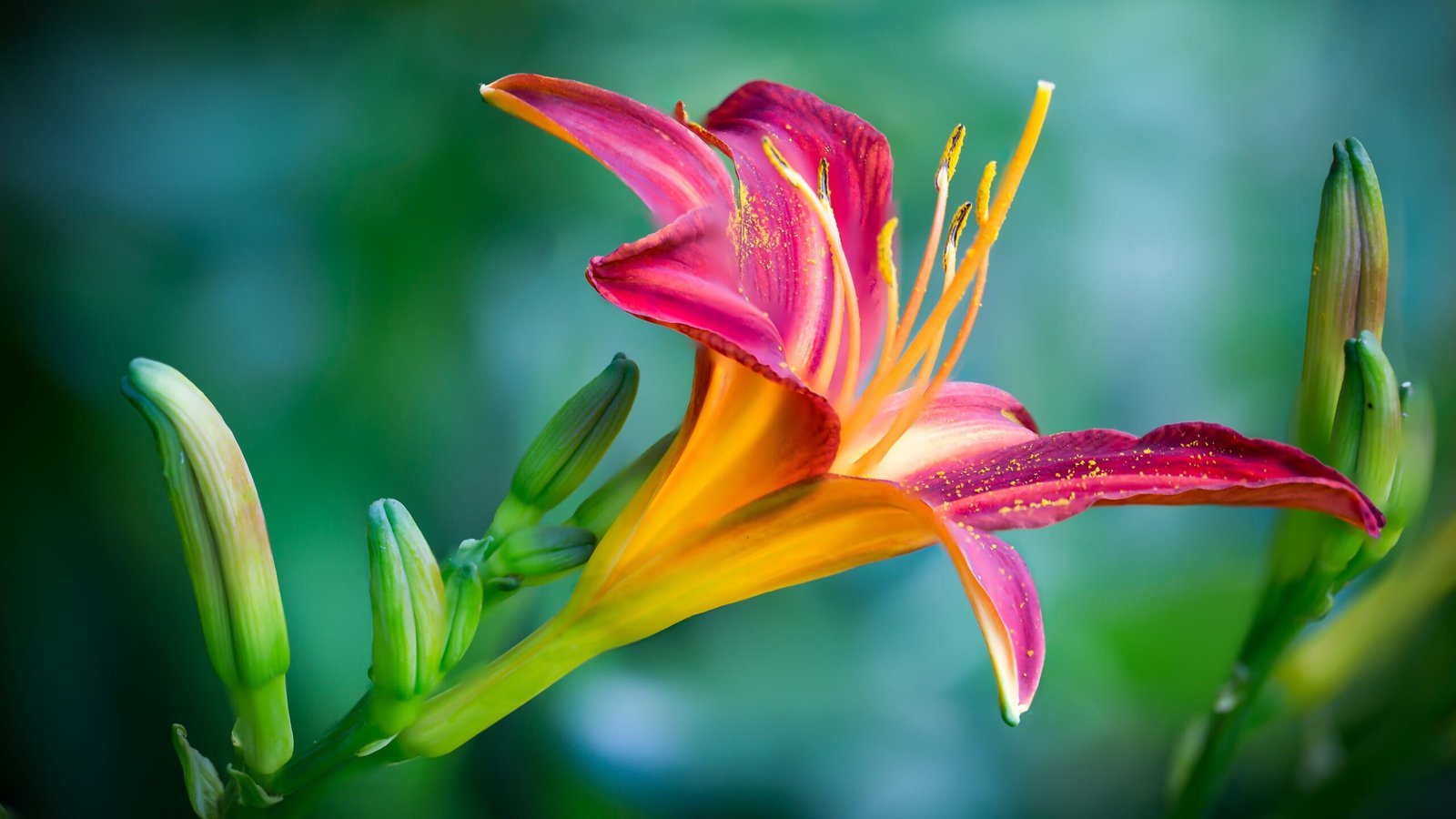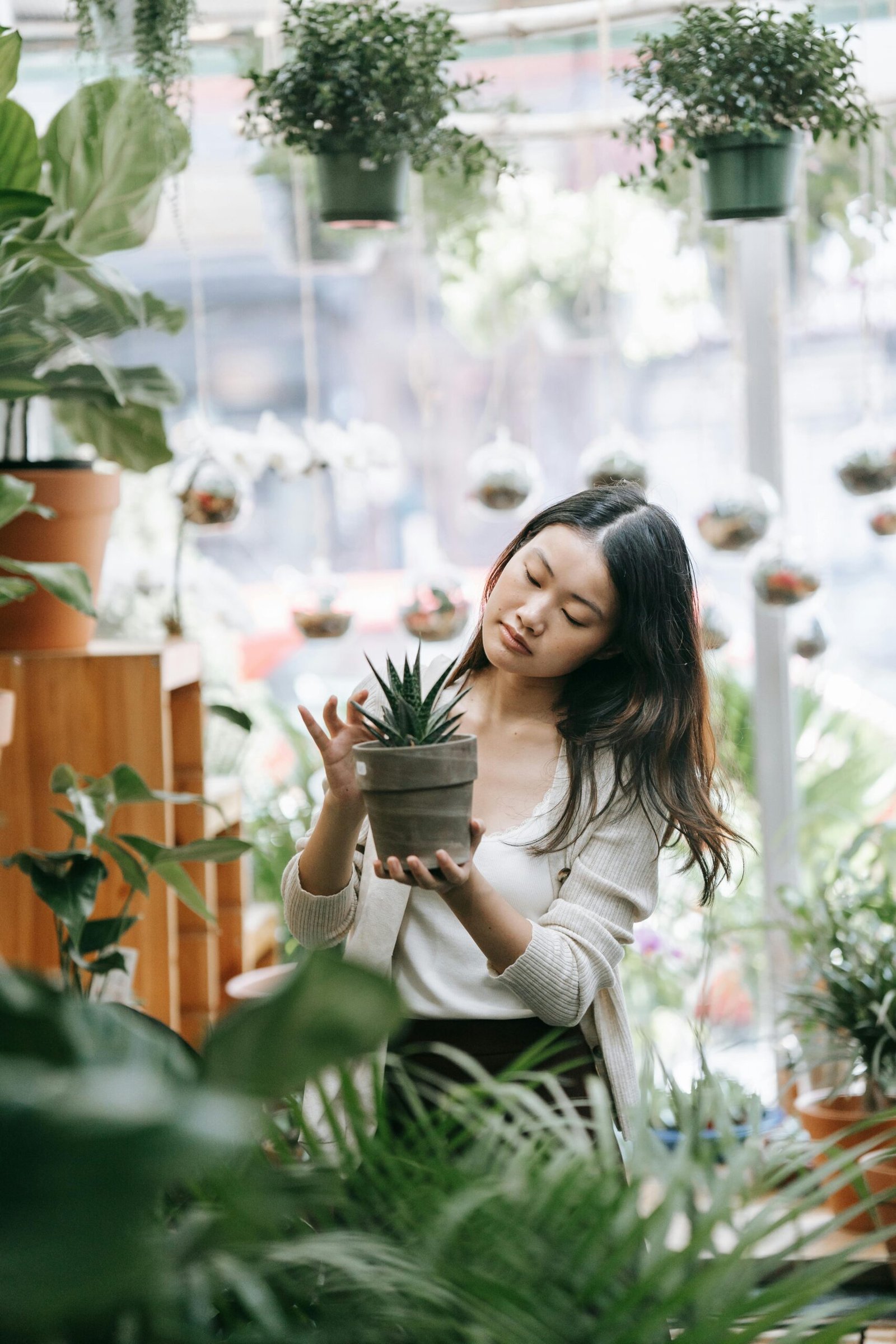Enhancing the allure of your home garden goes beyond aesthetics – it’s about selecting the right plants that harmonize with your home garden decor. In gardening, making informed decisions is vital, and understanding which types of trees are not good for your home garden is crucial. This article delves into essential gardening tips, shedding light on trees that might clash with your home garden’s beauty and vitality. Let’s explore the art of curating a thriving home garden by removing potential pitfalls and embracing choices that nurture the environment and your garden’s visual charm.
Table of Contents
Several types of trees may not be good for your garden. Some of these include:
Invasive Species
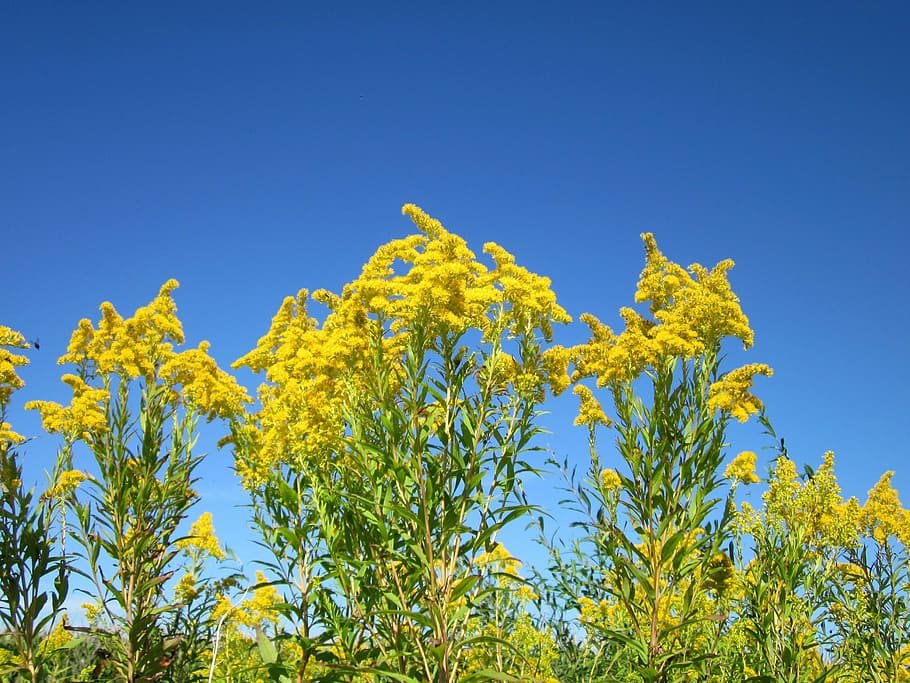
When selecting plants for your home garden and considering home garden decor, it’s vital to be mindful of the potential drawbacks of certain tree species – particularly invasive ones. Invasive trees can quickly disrupt the equilibrium of your garden and the local ecosystem. They grow rapidly and aggressively, often outcompeting native plants for essential resources like sunlight, water, and nutrients. This can lead to reduced biodiversity and imbalanced ecosystems.
The issue with invasive trees extends beyond your garden’s borders. They can encroach upon natural habitats, displacing native species and altering the ecological dynamics. Notorious examples include the Tree of Heaven (Ailanthus altissima) and the seemingly charming Callery Pear (Pyrus calleryana), both of which can transform from appealing additions to your garden decor into overwhelming problems.
By making informed choices and opting for native or non-invasive alternatives, you contribute to a healthier local environment. Prioritizing the long-term health of your home garden involves understanding the potential consequences of planting invasive species. Striking the right balance between aesthetic appeal and ecological responsibility ensures a harmonious and thriving outdoor space.
Messy Trees
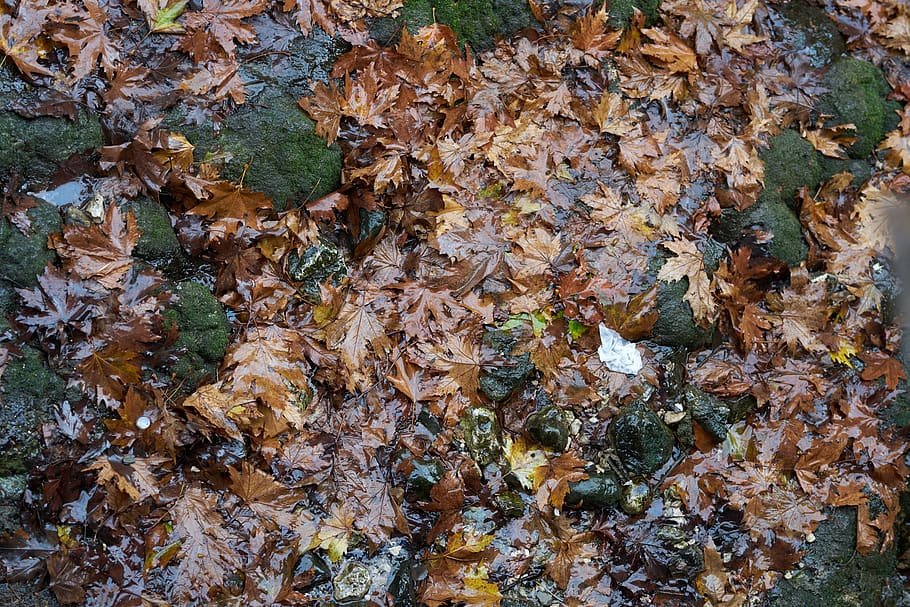
When crafting your home garden and contemplating home garden decor, it’s vital to be mindful of the challenges of certain tree species known for their messiness. These trees shed substantial amounts of leaves, flowers, fruits, or seeds, creating an ongoing maintenance struggle in your garden. The consistent need for cleanup not only consumes time but also invites potential pest issues, detracting from your garden’s overall appeal.
The repercussions of messy trees extend beyond cleanliness concerns. Accumulated debris can harbor pests and disrupt your garden’s natural balance, affecting the growth of other plants. This is particularly noteworthy for the Sweetgum (Liquidambar styraciflua), recognized for its prickly seed balls, and various fruit trees like the Mulberry (Morus spp.), notorious for the mess their fallen fruits create.
While these trees may possess visual allure, their messiness necessitates careful consideration, especially if you prefer a low-maintenance garden. When selecting trees for your home garden, striking a harmonious equilibrium between aesthetics and practicality is crucial. By evaluating a tree’s potential messiness, you can make an educated decision that aligns with your maintenance preferences and overall garden aspirations. This approach ensures that your outdoor haven remains a source of joy, minus the constant upkeep hassle.
Aggressive Roots
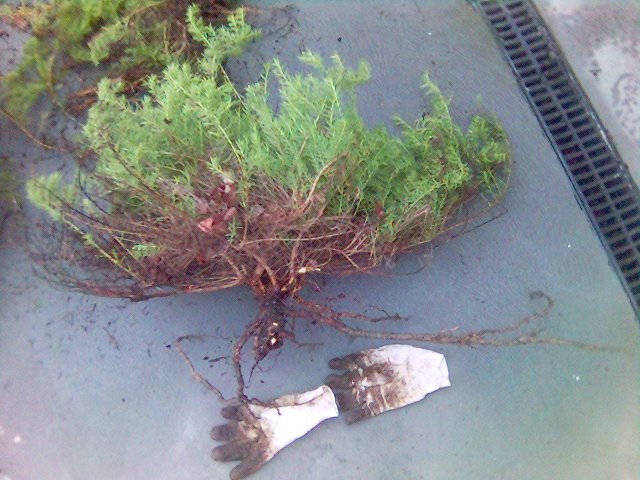
The impact of trees with aggressive root systems cannot be considered when shaping your home garden and envisioning home garden decor. These roots possess the potential to wreak havoc on nearby structures like sidewalks and foundations, even intruding into plumbing systems. Their forceful growth can lead to costly repairs and safety concerns.
Beyond structural implications, trees with aggressive roots challenge your garden’s ecological balance. They often outcompete other plants, vying for crucial nutrients, water, and soil space. This can hinder the growth of neighboring vegetation, disrupting the harmony you strive for.
The Silver Maple (Acer saccharinum) exemplifies such a tree, recognized for its rapid growth and shading properties. Yet, it comes with invasive roots notorious for their tendency to damage sewer lines, sidewalks, and foundations.
As you deliberate on the optimal tree selection for your home garden, assessing aesthetics and potential long-term effects is essential. Opting for trees with less aggressive root systems can safeguard your garden’s structural integrity and encourage unhindered growth of diverse plant life. This balance ensures that your garden remains an inviting haven, free from root-induced obstacles.
High Maintenance Trees
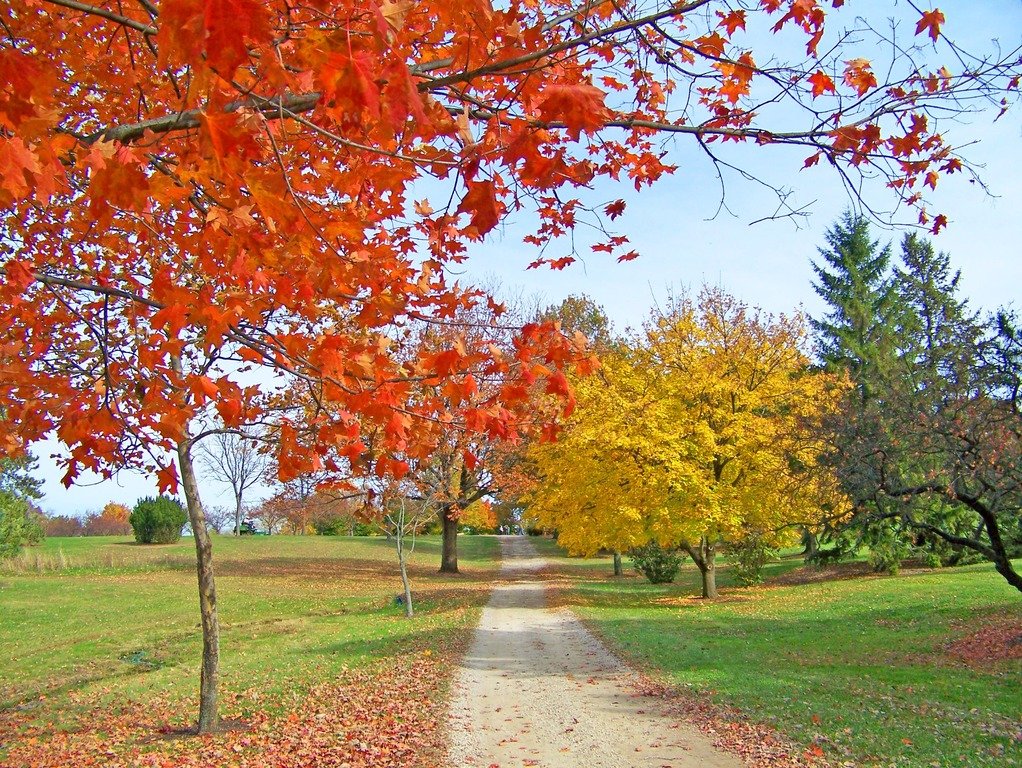
Crafting your home garden and envisioning captivating home garden decor requires a keen understanding of tree care dynamics. Not all trees share the same care demands, with some being more high maintenance than others. For those desiring a low-maintenance haven, it’s crucial to be wary of trees prone to diseases, pests, or frequent pruning needs.
Careful consideration is essential When searching for trees that combine visual appeal with minimal upkeep. Particular attention should be paid to fruit trees like apples or peaches, as they often necessitate vigilant care due to their susceptibility to diseases and pests.
Home gardeners aspiring for a hassle-free gardening experience should be cautious of high-maintenance trees that could disrupt their desired tranquility. Striking a balance between aesthetic aspirations and the level of care a tree demands is critical. By selecting trees that align with your maintenance preferences, you can curate a thriving garden that flourishes without imposing excessive demands on your time and energy.
Allergenic Trees
Designing your home garden and envisioning captivating home garden decor involves being mindful of potential allergenic tree species. Trees that release substantial pollen can trigger allergies, causing discomfort and health issues in susceptible individuals. Understanding this impact is crucial for crafting a garden that offers visual appeal while maintaining a harmonious living environment.
Allergic reactions to tree pollen can range from mild irritation to more significant discomfort. Common allergenic trees like Oak (Quercus spp.), Pine (Pinus spp.), and Cedar (Cedrus spp.) are known for releasing high pollen levels during their pollination seasons, potentially affecting allergy-prone individuals.
Creating a garden that balances aesthetics with well-being entails considering the allergenic nature of tree choices. This consideration is especially vital if you or those who frequently visit have pollen-related allergies. By selecting trees with lower allergenic potential, you can establish an outdoor haven that fosters comfort and health, ensuring an enjoyable space for everyone.
Large Trees in Small Spaces
When planning your home garden and contemplating home garden decor, it’s crucial to be mindful of the implications of planting large trees in limited areas. While trees offer beauty and shade, choosing species that outgrow their allocated space can lead to various issues. Small garden spaces can become cramped, affecting the growth of neighboring plants due to restricted light and resources.
Beyond crowding, planting large trees in small spaces can disrupt the visual harmony you strive to achieve. Safety concerns during storms also arise, with increased risks of branches breaking or trees toppling, potentially causing damage to structures and posing threats to the garden and its surroundings.
Examples such as the American Sycamore (Platanus occidentalis) and the Weeping Willow (Salix babylonica) exemplify trees celebrated for their significant growth but ill-suited for confined gardens.
You can establish a balanced, secure, and visually appealing garden space by thoughtfully selecting appropriately sized trees. Prioritizing trees that align with your garden’s dimensions ensures harmonious growth, minimizing the challenges and hazards of overly large species.
Disease-Prone Trees
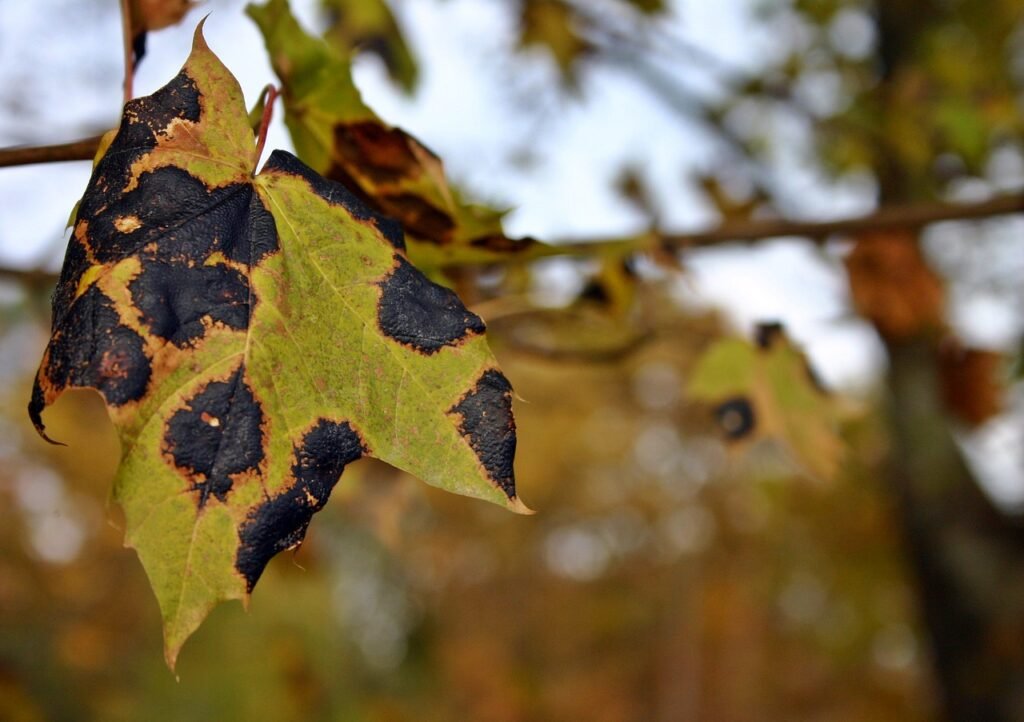
When crafting your home garden and contemplating captivating home garden decor, it’s crucial to consider the vulnerability of certain trees to diseases like blights, fungal infections, and canker diseases. These ailments can impact a tree’s health, aesthetics, and overall garden vitality. Opting for disease-resistant trees can play a pivotal role in sustaining your garden’s beauty and well-being.
Trees susceptible to diseases often demand consistent care to prevent or manage issues effectively. Ongoing treatments may be necessary, consuming time and resources. When such species are incorporated into your landscape, the risk of disease-related damages compromising your garden’s splendor is a genuine concern.
For example, specific species of Dogwood (Cornus spp.) are known to be susceptible to various diseases. Although Dogwoods offer elegant flowers and appealing visuals, their disease vulnerability underscores the importance of prudent tree selection based on your garden’s health.
By choosing disease-resistant tree species, you proactively minimize the need for intensive treatments, ensuring your garden remains splendid over time. Prioritizing naturally resilient trees maintains a flourishing garden while mitigating the impact of diseases that can detract from its allure.
In the realm of cultivating an enchanting home garden, the significance of prudent tree selection cannot be overstated. As you embark on your journey to transform your space into a haven of natural beauty, considering the pitfalls associated with certain tree choices is essential. By steering clear of invasive species, messy trees, and those with aggressive roots, you safeguard the harmony of your home garden decor while ensuring its longevity. With a wealth of gardening tips and knowledge at your disposal, you are well-equipped to curate a thriving home garden adorned with trees that complement its grace. Your decisions today will resonate through the seasons, allowing your garden to flourish in splendor and vitality. Happy gardening!

